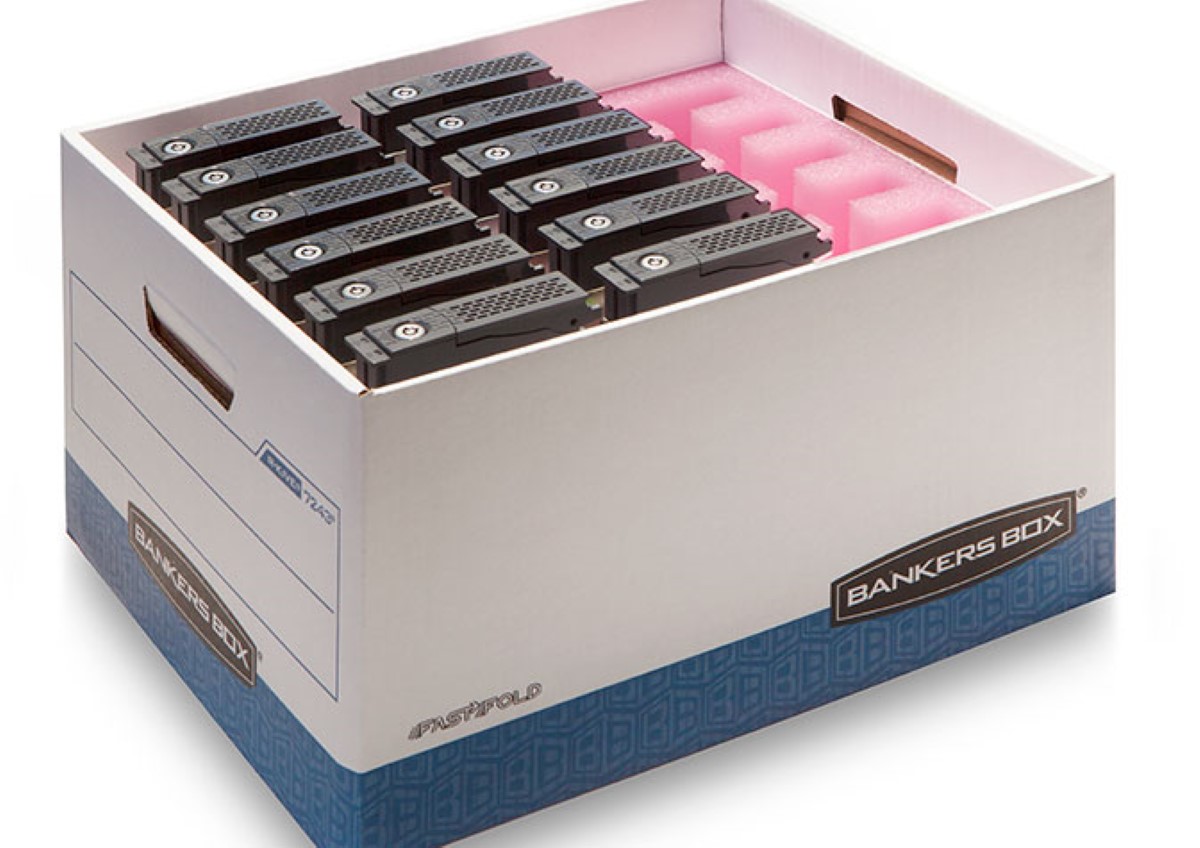

Articles
How To Store A Hard Drive
Modified: January 5, 2024
Learn how to store your hard drive properly and prevent data loss with our informative articles.
(Many of the links in this article redirect to a specific reviewed product. Your purchase of these products through affiliate links helps to generate commission for Storables.com, at no extra cost. Learn more)
Introduction
Storing a hard drive properly is crucial to preserve its longevity and protect the valuable data it contains. Whether you’re archiving old files, upgrading to a new drive, or simply want to keep a backup for safekeeping, understanding how to store a hard drive correctly is essential.
In this article, we will guide you through the process of storing a hard drive, covering everything from choosing the right storage environment to protecting it from physical damage and data loss. By following the best practices outlined here, you can ensure that your hard drive remains in optimal condition, ensuring the data it holds is safe and accessible when needed.
So, let’s dive in and explore the steps to store a hard drive effectively.
Key Takeaways:
- Proper hard drive storage involves choosing the right environment, preparing the drive, protecting it from physical damage, and securing it from data loss. Following best practices ensures longevity and data accessibility.
- Regularly checking the hard drive, maintaining a stable storage environment, and handling it with care during transportation are crucial for long-term hard drive storage. These practices maximize data preservation and accessibility.
Read more: How To Store DVDs On Hard Drive
Choosing the Right Storage Environment
When it comes to storing a hard drive, the first step is to choose the right storage environment. The ideal storage location should have stable temperature and humidity levels, be free from dust and direct sunlight, and provide protection from potential hazards like water damage or physical impact.
Here are some key factors to consider when selecting a suitable storage environment for your hard drive:
- Temperature: Extreme temperatures can adversely affect the performance and lifespan of a hard drive. It is recommended to store your hard drive in an area with a temperature range of 10°C to 35°C (50°F to 95°F).
- Humidity: High humidity can lead to condensation, which can cause damage to the delicate components of a hard drive. Aim for a humidity level between 20% and 60% to ensure optimal storage conditions.
- Dust: Dust particles can accumulate on the surface of a hard drive and clog its ventilation system, leading to overheating and potential data loss. Store your hard drive in a clean and dust-free environment to minimize this risk.
- Light Exposure: Direct sunlight or prolonged exposure to UV rays can degrade the materials used in a hard drive, potentially leading to data corruption. Keep your hard drive away from direct sunlight or use storage containers that provide light-blocking protection.
- Physical Protection: Choose a storage location that minimizes the risk of physical damage to your hard drive. Avoid placing it in a high-traffic area, near the edge of a surface, or in a spot where it can easily be knocked over or dropped.
By considering these factors and selecting an appropriate storage environment, you lay the foundation for ensuring the long-term viability of your hard drive.
Preparing the Hard Drive for Storage
Before you store a hard drive, it is important to properly prepare it to minimize the risk of damage and ensure its readiness for future use. Follow these steps to prepare your hard drive for storage:
- Back up your data: Before storing a hard drive, it is crucial to back up all the data it contains. This ensures that even if something happens to the drive during storage, your important files will still be safe and accessible.
- Remove the hard drive from the device: If the hard drive is still inside a computer or any other device, disconnect it properly according to the manufacturer’s instructions. This includes shutting down the device and unplugging any power supply or cables connected to the hard drive.
- Handle with care: When removing the hard drive, handle it with caution to avoid dropping or mishandling it. Use an anti-static wristband or touch a grounded metal object to discharge any static electricity before touching the drive.
- Clean the hard drive: Before storing, gently clean the hard drive’s exterior using a soft, lint-free cloth to remove any dust or dirt. Avoid using liquid cleaners or abrasive materials that can cause damage to the surface.
- Label the hard drive: To easily identify the hard drive later, consider labeling it with relevant information such as its capacity, serial number, or the date it was stored. This will save you time and effort when retrieving it in the future.
- Choose proper packaging: Select a suitable storage container or anti-static bag to protect the hard drive from dust, static electricity, and physical damage. If using a container, ensure it provides cushioning to absorb any shocks or impacts during storage.
- Store cables and accessories: If you’re storing the hard drive along with its cables and accessories, ensure they are organized and stored together to avoid misplacement.
By following these steps to prepare your hard drive for storage, you can ensure that it remains in optimal condition and is ready for future use when needed.
Protecting the Hard Drive from Physical Damage
Physical damage can significantly compromise the functionality and integrity of a hard drive. To safeguard your hard drive during storage, it is essential to take measures to protect it from potential physical damage. Here are some effective ways to ensure the physical safety of your hard drive:
- Proper packaging: As mentioned earlier, using a suitable storage container or anti-static bag is crucial to protect the hard drive from physical damage. Ensure that the container or bag provides adequate cushioning and protection against shocks or impacts.
- Handle with care: When transporting or moving the hard drive, handle it gently and avoid exposing it to unnecessary stress or sudden movements. Mishandling or dropping the drive can result in irreversible damage to its internal components.
- Avoid extreme temperatures: Extreme heat or cold can cause damage to the hard drive. Always store the drive in an environment with temperatures within the recommended range to prevent overheating or freezing.
- Keep away from magnetic fields: Magnetic fields can interfere with the sensitive magnetic platters inside the hard drive, potentially causing data corruption. Store the hard drive away from sources of magnetic fields, such as speakers, magnets, or other electronic devices.
- Secure the cables: If storing the hard drive along with its cables, ensure that the cables are securely attached and properly organized. Loose or tangled cables can put unnecessary strain on the hard drive’s connectors and ports, leading to damage or disconnection.
- Protect from static electricity: Static electricity can discharge and damage the sensitive electronic components of a hard drive. When handling the drive, use an anti-static wristband or touch a grounded metal object to discharge any static electricity buildup before touching the drive.
- Avoid stacking: When storing multiple hard drives, avoid stacking them on top of each other. Excessive weight or pressure from stacked drives can lead to physical damage or misalignment of the internal components.
By implementing these precautions, you can significantly reduce the risk of physical damage to your hard drive, ensuring its long-term functionality and reliability.
When storing a hard drive, it’s important to keep it in a cool, dry place to prevent moisture and heat damage. Additionally, store it in an anti-static bag to protect it from static electricity.
Securing the Hard Drive from Data Loss
Alongside protecting a hard drive from physical damage, it is equally important to take measures to prevent data loss during storage. Here are some crucial steps to secure your hard drive and safeguard the data it contains:
- Encryption: Consider encrypting the data on your hard drive to add an extra layer of protection. Encryption converts your data into an unreadable format, making it more difficult for unauthorized individuals to access or retrieve your sensitive information.
- Backup strategy: Regularly back up your data on an external storage device or use cloud-based backup solutions. This ensures that even if something happens to the hard drive during storage, you will still have a copy of your important files.
- Use reliable storage media: When choosing an external storage device for backup, opt for trusted and high-quality options. Consider using solid-state drives (SSDs) or reliable external hard drives that offer data integrity and longevity.
- Unplug power and cables: If you are storing the hard drive for an extended period, it is advisable to disconnect the power supply and any connecting cables. This helps prevent any power surges or accidental damage that can occur when the drive is connected to the power source.
- Regularly update antivirus software: Ensure that your computer, from which you extracted the hard drive, has up-to-date antivirus software. This helps protect your data from potential malware or viruses that can infect the hard drive during storage.
- Store in a secure location: Choose a storage location that is secure and has limited access. This minimizes the risk of theft or unauthorized access to your hard drive and its contents.
- Record important information: Keep a record of the hard drive’s details, such as its make, model, and serial number. This information can be helpful if you need to retrieve the drive or if you need to provide it for warranty claims or data recovery services.
By implementing these data security measures, you can mitigate the risk of data loss and ensure the confidentiality and integrity of the information stored on your hard drive.
Read more: How To Store External Hard Drives
Best Practices for Long-Term Hard Drive Storage
When it comes to long-term hard drive storage, there are several best practices to follow to ensure the integrity and longevity of your stored data. By implementing these practices, you can minimize the risk of data loss and maximize the chances of successfully accessing your files when needed. Here are some key best practices for long-term hard drive storage:
- Regularly check the hard drive: Periodically inspect the hard drive for any signs of physical damage, such as cracks, corrosion, or unusual noises. If you notice any abnormalities, take the necessary steps to address the issue or seek professional assistance.
- Keep the hard drive powered: It is generally advisable to power on the stored hard drive at least once every few months. This helps keep the internal components active and prevents them from becoming seized or damaged due to long periods of inactivity.
- Store in a cool and dry place: Maintain a stable and moderate storage environment, with temperatures between 10°C and 35°C (50°F to 95°F) and humidity levels between 20% and 60%. Extremes in temperature and humidity can degrade the hard drive’s components and lead to data loss.
- Avoid magnetic fields: Keep the hard drive away from magnetic sources, such as speakers, magnets, or other electronic devices. Magnetic fields can disrupt the data stored on the hard drive and potentially cause data corruption or loss.
- Handle with care during transportation: If you need to transport the hard drive, ensure that it is securely packaged and adequately protected from potential damage. Avoid subjecting it to unnecessary shocks or impacts that could affect its internal components.
- Store in an upright position: When storing the hard drive, position it upright rather than horizontally. This helps prevent any unnecessary strain on the internal components and ensures proper functionality when it’s time to use the drive again.
- Keep a record of storage details: Maintain a record of the hard drive’s storage details, including the date of storage, contents of the drive, and any relevant identifiers. This information can be invaluable when retrieving or managing multiple stored hard drives.
- Regularly update backup copies: If you have multiple backups of your data, regularly update them to ensure you have the most recent versions. This ensures that your stored hard drive is not the sole copy of your important files.
By following these best practices, you can maximize the chances of preserving the integrity and accessibility of your stored data over time. Remember to regularly monitor and maintain your stored hard drive to ensure its long-term viability and protection.
Conclusion
Storing a hard drive properly is essential for preserving its longevity and protecting the valuable data it contains. By following the steps outlined in this article, you can ensure that your hard drive remains in optimal condition and that your data is safe and accessible when needed.
Choosing the right storage environment, preparing the hard drive for storage, protecting it from physical damage, and securing it from data loss are all critical elements of proper hard drive storage. By considering factors such as temperature, humidity, dust, and light exposure, you can create an ideal storage environment. Taking steps like backing up your data, handling the drive with care, and protecting it from static electricity contribute to the preparation and protection of the hard drive.
Moreover, securing the hard drive from physical damage and data loss is of utmost importance. Proper packaging, avoiding extreme temperatures, keeping away from magnetic fields, and securing cables are all effective measures in protecting the hard drive from physical damage. Encrypting the data, implementing a backup strategy, and regularly updating antivirus software are key to securing the hard drive from data loss.
Lastly, adhering to best practices for long-term hard drive storage, such as regularly checking the drive, storing it in a cool and dry place, and handling it with care during transportation, ensures its optimal condition for future use.
By incorporating these practices into your hard drive storage routine, you can extend the lifespan of your hard drive and safeguard the important data it holds. Remember, proper storage and maintenance are vital to keeping your hard drive in optimal condition and protecting the valuable information it contains.
Frequently Asked Questions about How To Store A Hard Drive
Was this page helpful?
At Storables.com, we guarantee accurate and reliable information. Our content, validated by Expert Board Contributors, is crafted following stringent Editorial Policies. We're committed to providing you with well-researched, expert-backed insights for all your informational needs.

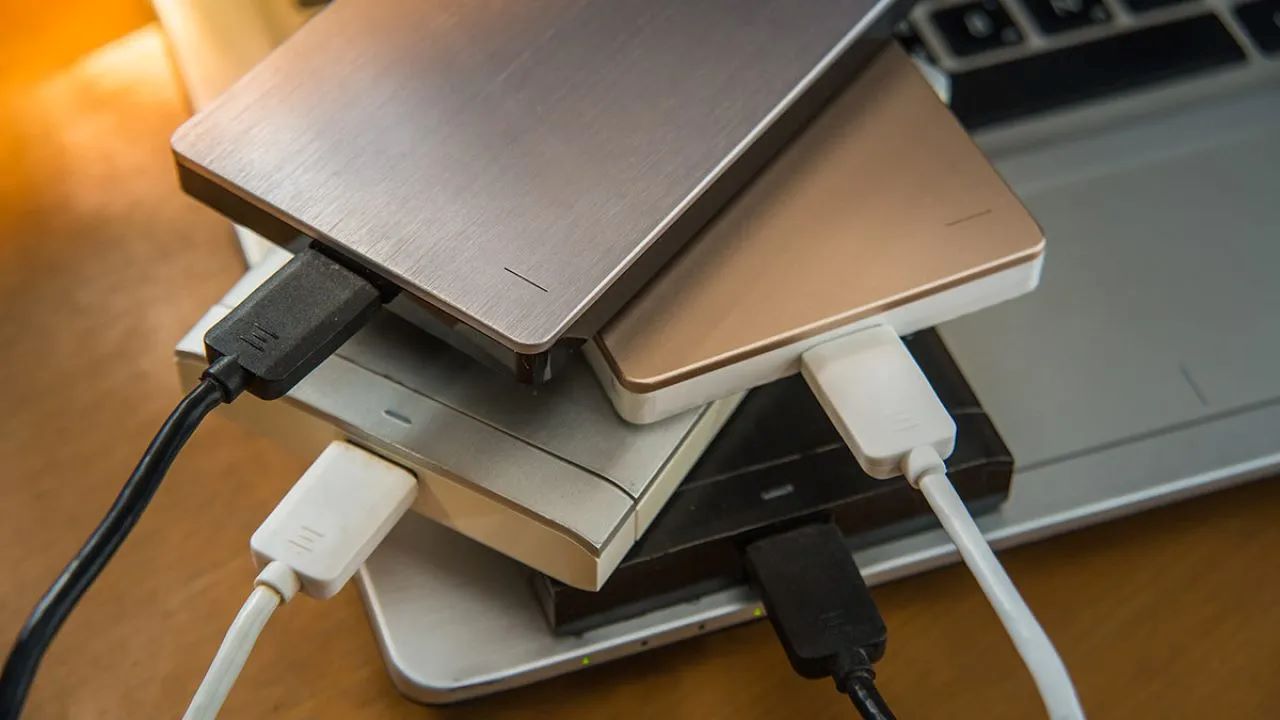
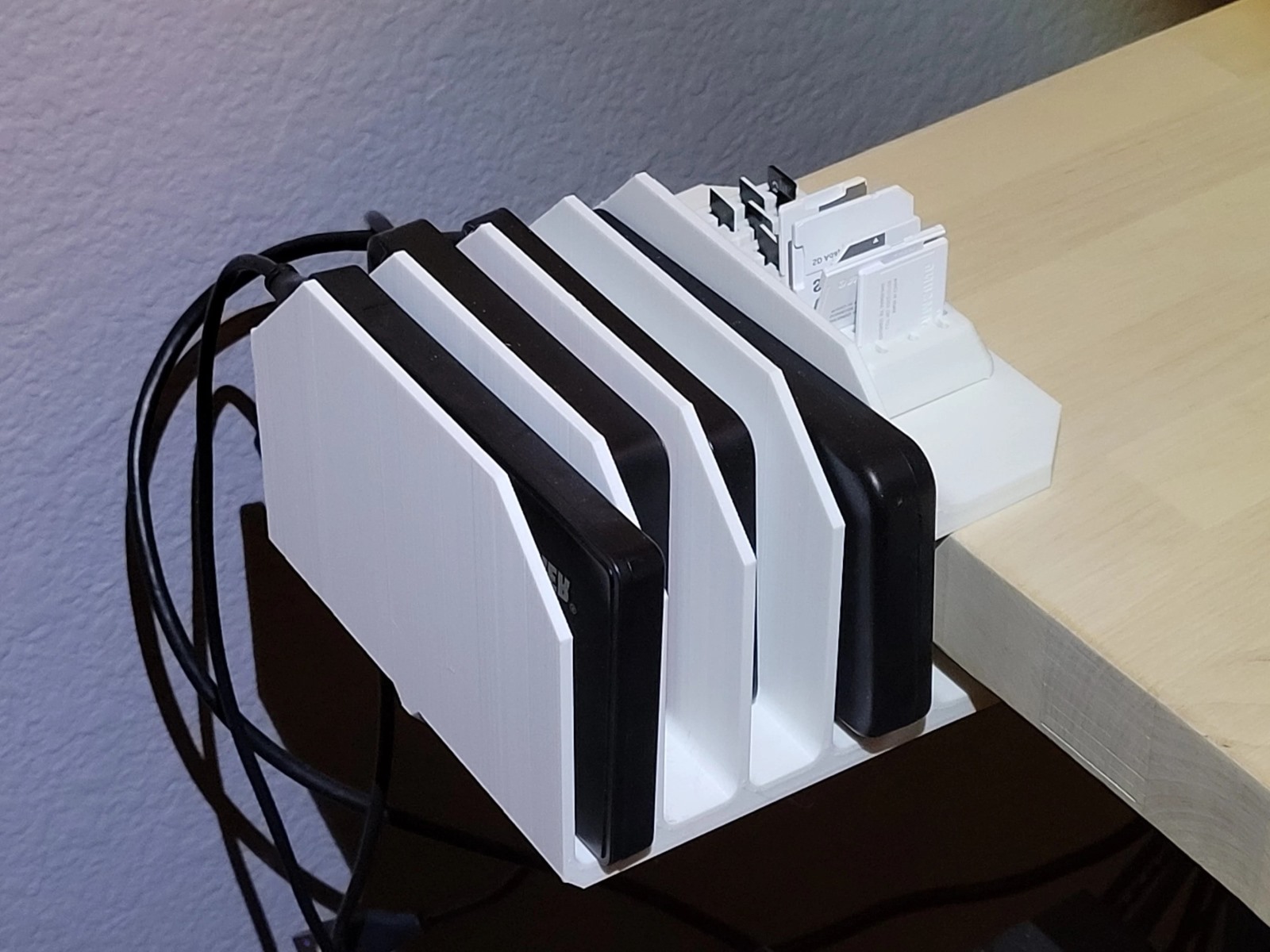
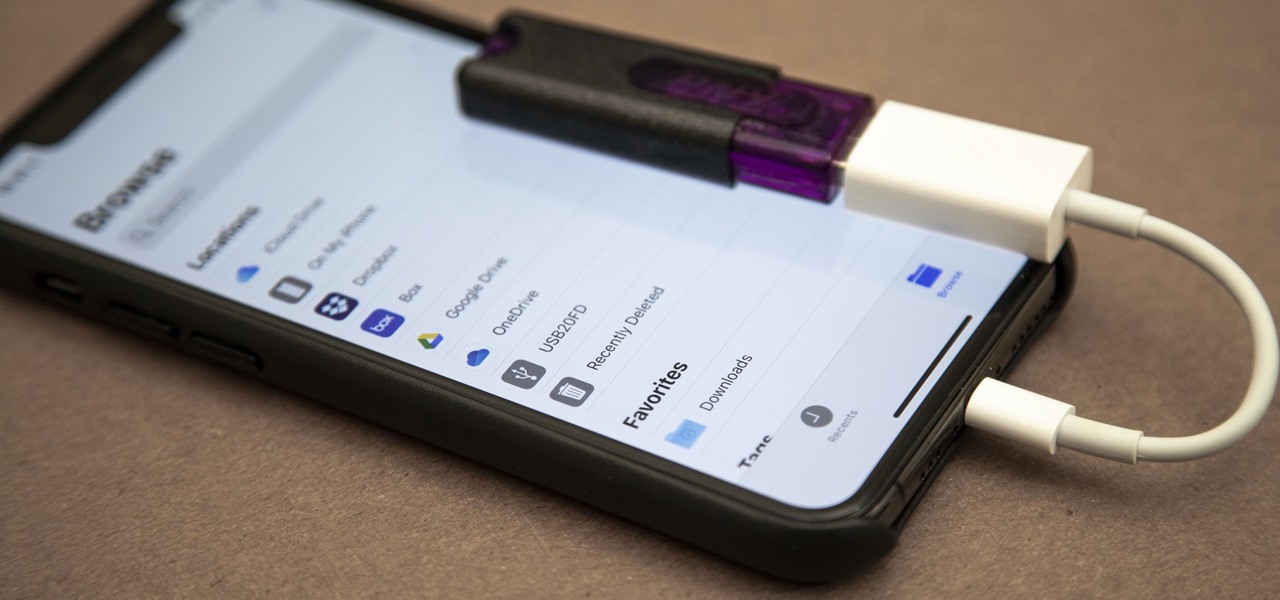
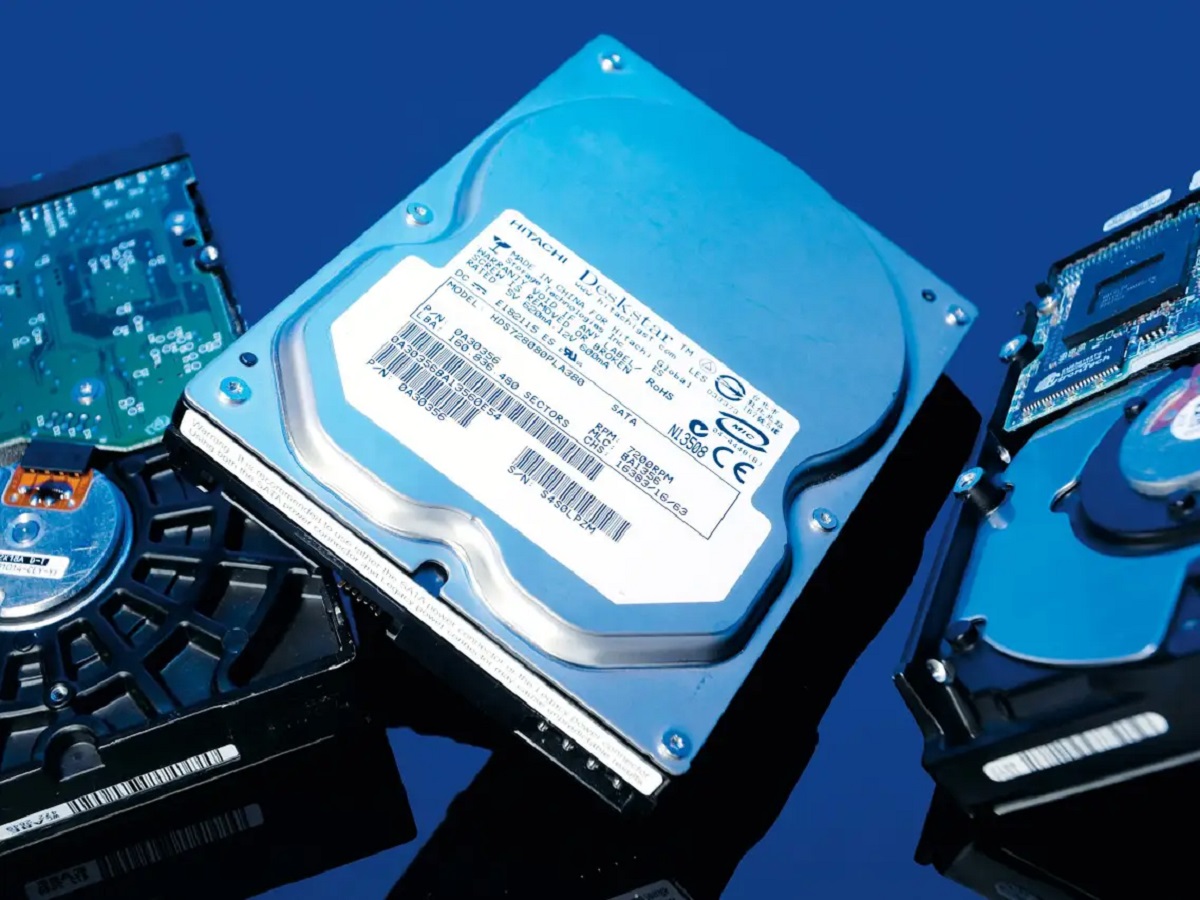
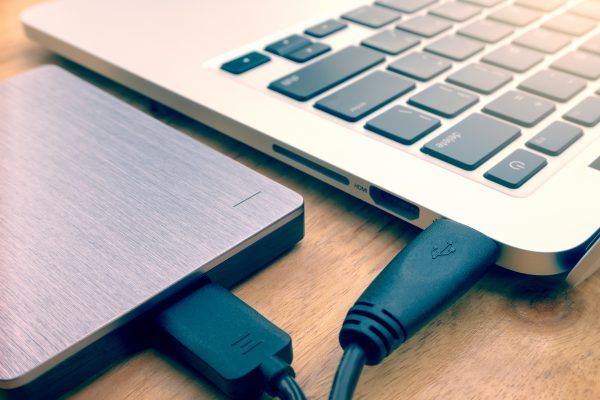
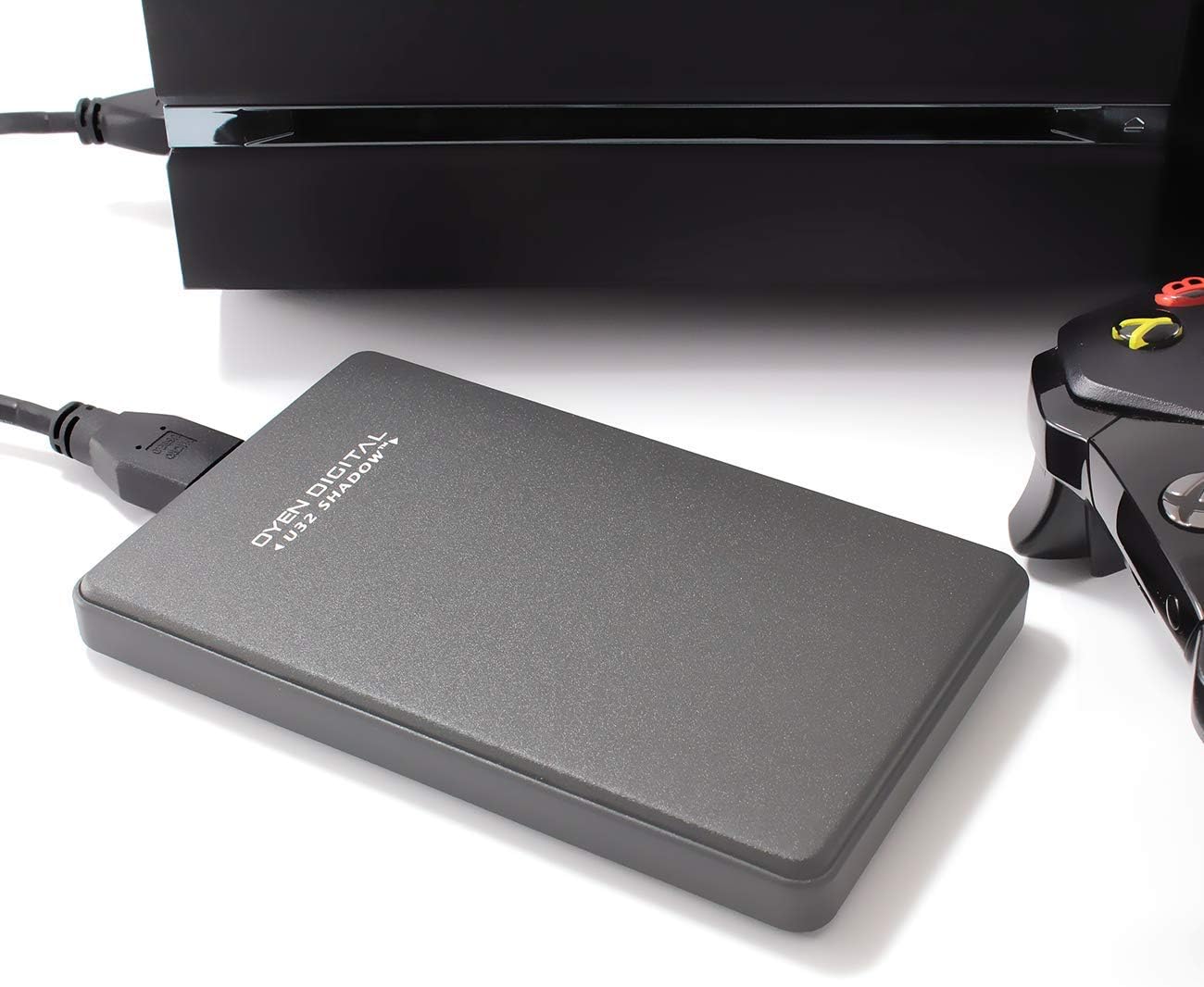
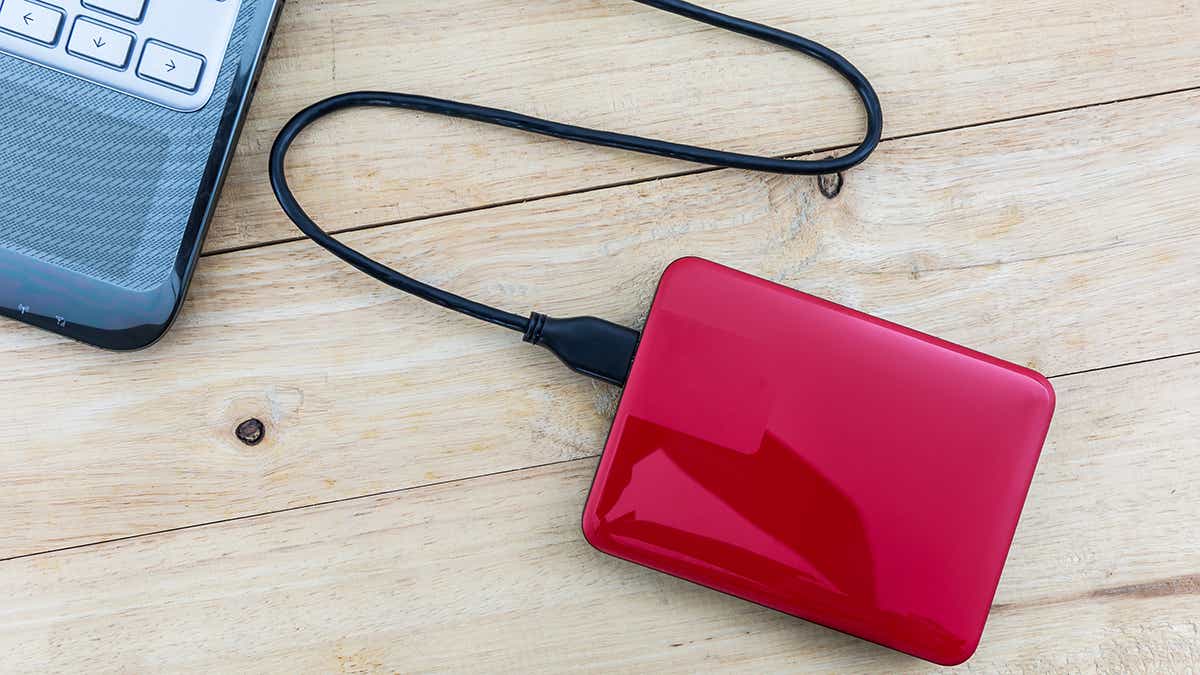
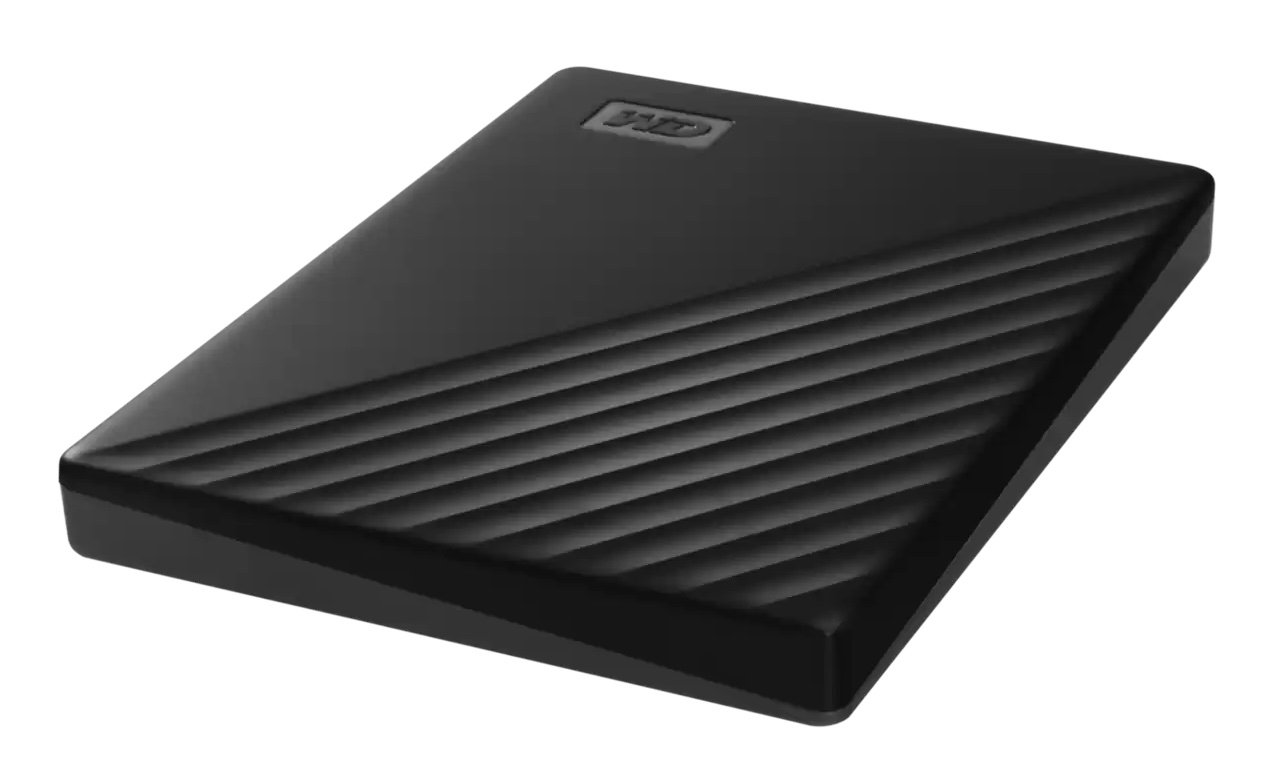

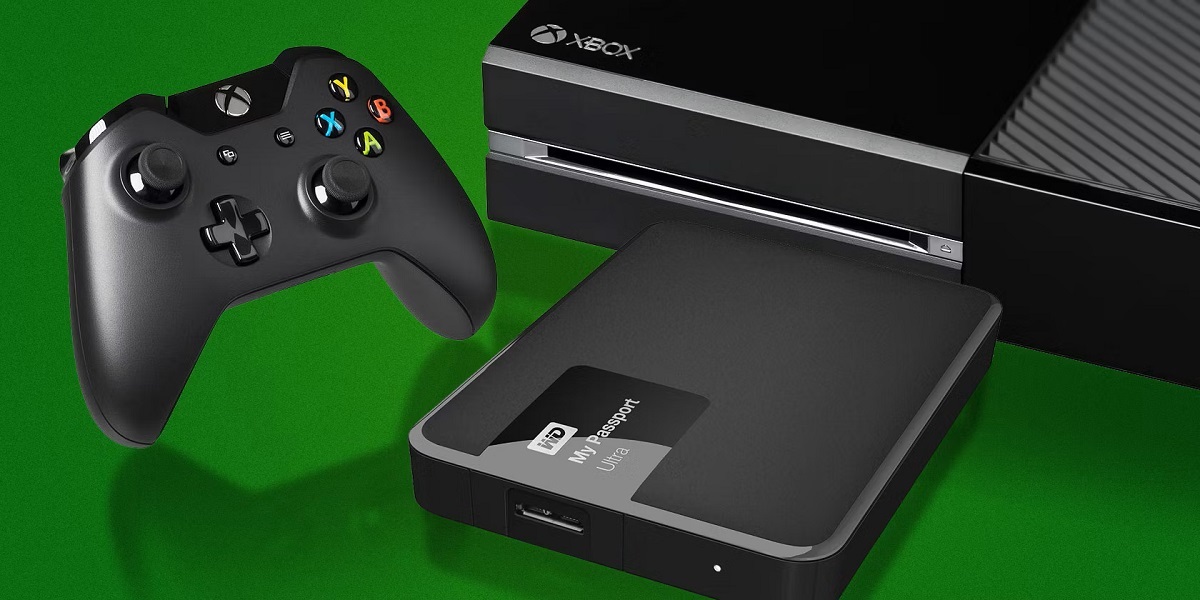
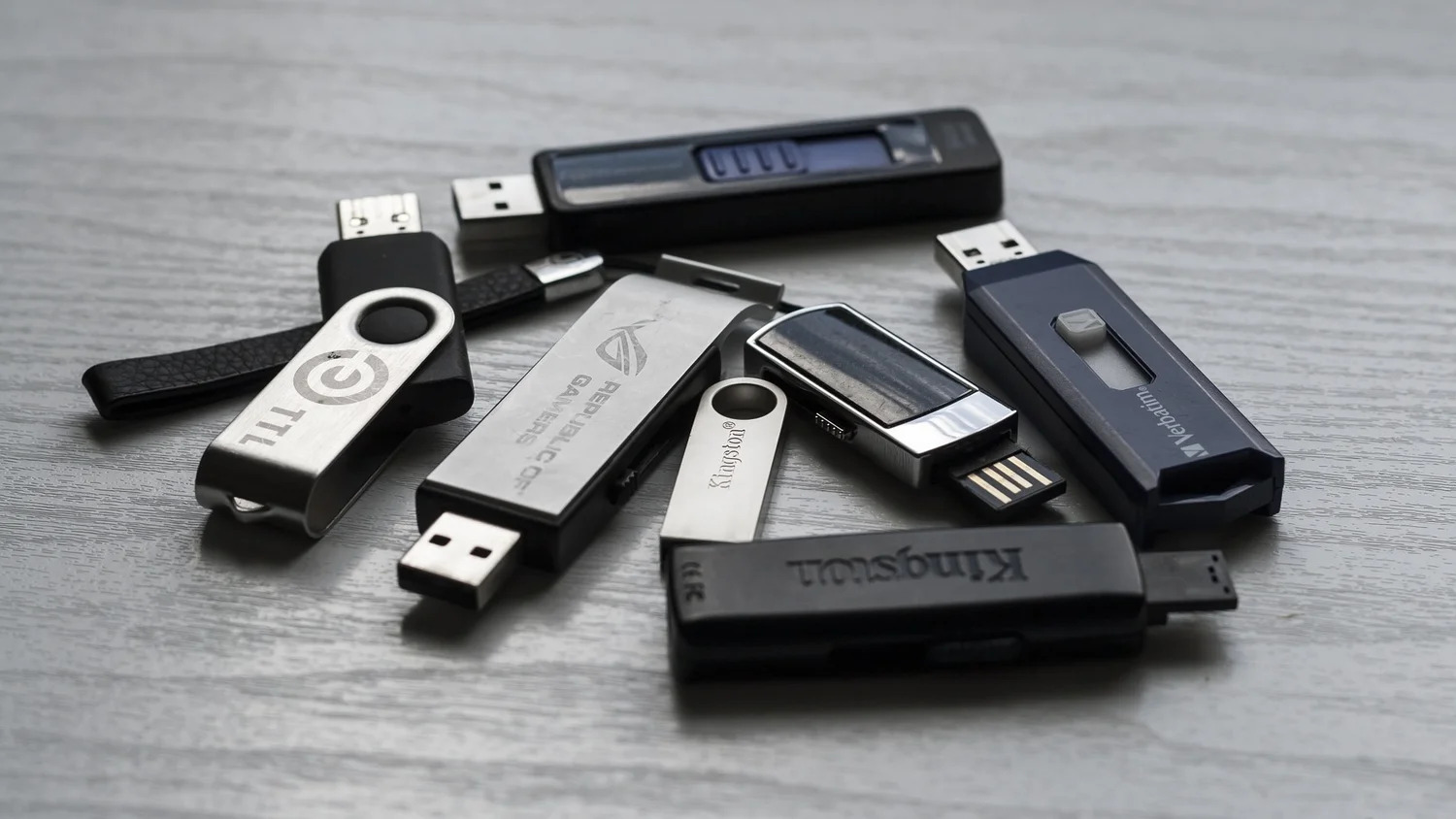

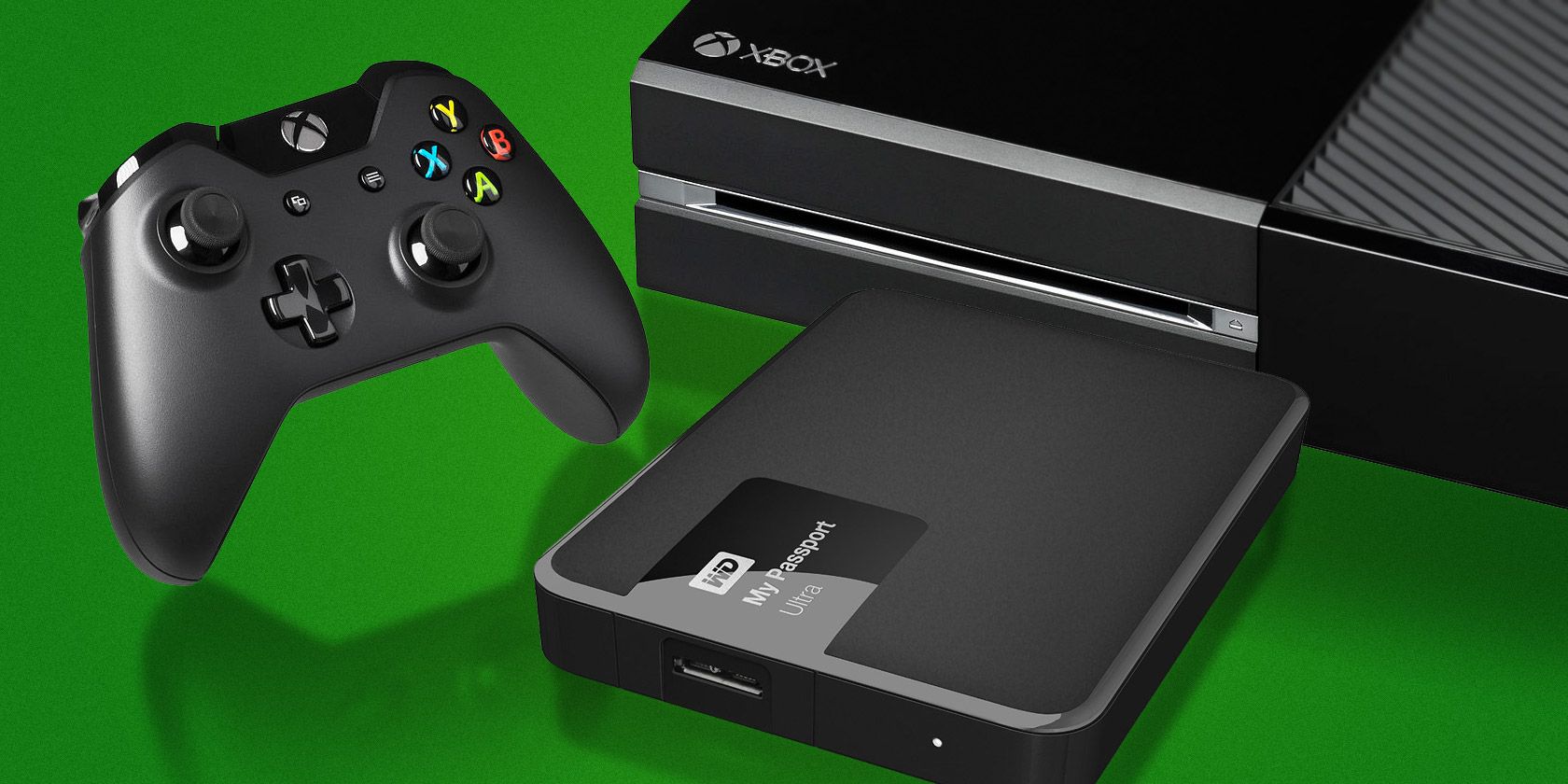

0 thoughts on “How To Store A Hard Drive”